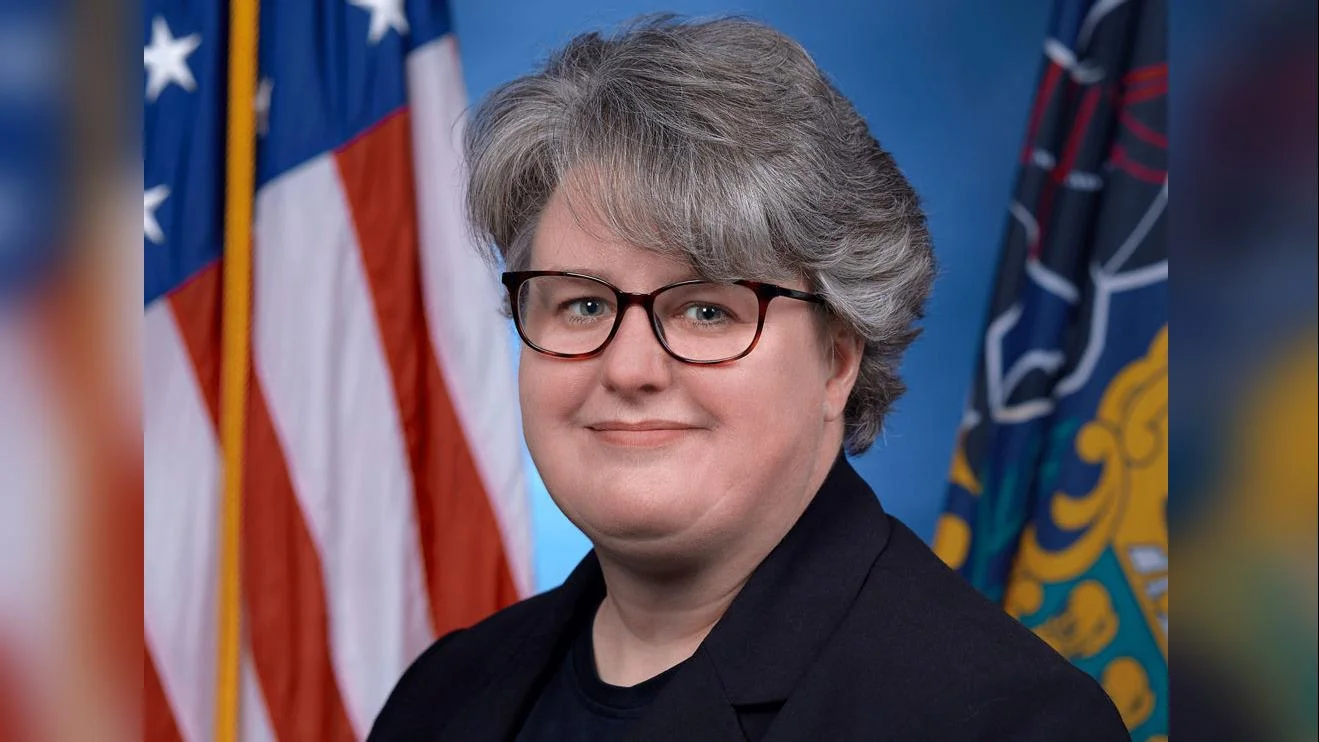
Rebecca Koenig Interim Senior Editorial Director | EdSurge Research
The shift to virtual schooling that began during the COVID-19 pandemic has persisted for some families, even as most students returned to traditional classrooms. Experts say this trend is leading to a steady increase in enrollment in fully online programs or those that use technology as an instructional tool.
“We see an increase in students fully enrolling in virtual programs or those facilitated or mediated by technology,” said Jennifer Darling-Aduana, assistant professor of learning technologies at Georgia State University. “Within 10 years, my best guess is brick-and-mortar will still be the default, but there’s a growing segment of the population seeing a benefit, whether it’s academic or social or logistical.”
Virtual schools have been available prior to the pandemic, though their effectiveness and sustainability have long been debated. The rise in comfort with online education and growth in homeschooling—combined with more charter school vouchers—has pushed virtual learning further into mainstream education options.
Current national data on virtual school enrollment is lacking. The U.S. Department of Education’s National Center for Education Statistics tracked such figures from 2013 through 2020 but has not released updated numbers since then. Past records indicate a nearly twofold increase: from 478 virtual public schools nationwide in 2013 to 691 by the 2019-2020 academic year.
Some states operate statewide virtual school programs while other districts run their own online offerings. Joshua Goodman, associate professor of education and economics at Boston University, noted that state-run programs are likely more efficient than individual district efforts.
A RAND survey showed only about three percent of districts offered a virtual school before the pandemic; this number grew ninefold after 2020. While many districts initially had no plans for ongoing virtual options post-pandemic, some reported interest in continuing these models.
“I haven’t seen any hard numbers on this but I would not be surprised if it grew post-pandemic,” said Robin Lake, director of the Center on Reinventing Public Education. “A number of parents and students were kind of forced into the option, liked it, and wanted to continue. And many teachers found they really loved the scheduling flexibility and location flexibility.”
Statewide program trends reflect broader growth:
- Georgia Cyber Academy enrolled 9,966 students for the 2024-2025 school year.
- Texas’ Lone Star Virtual Academy High School increased its enrollment from 6,793 in 2021-2022 to 8,114 currently.
- Massachusetts’ state cap holds enrollment at around 1,184 students—nearly double its total from six years ago.
- In Michigan, about eleven percent of all public school students have taken at least one online course; sixty-eight percent of districts report having at least one full-time virtual enrollee.
According to research from the National Education Policy Center (NEPC), fewer minority and lower-income students attend virtual schools compared with traditional ones; participation also skews slightly more female than male. Most enrollments are among high schoolers rather than younger grades—a trend that may help retain students who might otherwise drop out.
The rise in homeschooling may also inflate some virtual school figures as families blend both approaches under broader definitions.
Lake added that universal vouchers could be used toward online schools as well.
“When I studied virtual schools 10, 15 years ago, there were really only two big providers with K-12, but there seem to be many more now,” Lake said. “And I think the barriers to entry are lower for families and many of them tried it and liked it.”
Program costs vary widely depending on whether schools contract third-party vendors or develop courses internally. As federal relief funds expire (such as ESSER), districts face decisions about which educational technology investments to keep.
Debate continues over how effective these models are compared with face-to-face instruction. Research by Arizona State University’s Center on Reinventing Public Education found most children struggled with remote formats during the pandemic period.
NEPC data shows performance tracking is inconsistent: only eighteen out of thirty-five states provided adequate information on outcomes due to changes or freezes in accountability systems during recent years. Among surveyed full-time online schools nationwide, graduation rates averaged just over sixty-five percent—lower than the overall national rate—and results were better for district-run programs versus charter-operated ones.
“It often requires a parent really overseeing an education at home and there's a limited number of families who can do that,” Lake said. “It’s a rare student that's so motivated and driven that they'll just succeed on their own with a virtual program.”
Most studies agree brick-and-mortar settings deliver stronger student outcomes overall; significant learning loss was observed across populations during periods when remote-only instruction was widespread.
“I think we have a growing body of evidence that virtual education is much trickier to pull off than in-person education for the vast majority of students,” Goodman said. “There are some for whom the virtual option makes sense, but in general it makes sense to start from a default assumption of skepticism with virtual schools and be very selective in which students we encourage to use such options.”
Certain groups—including those facing bullying or needing flexible arrangements due to disabilities—may find greater success through online models if families can provide necessary support structures.
“I think one of the most important factors is that parents know their children best and whether that structure can be successful with them and whether they can take that on,” Darling-Aduana said. “It’s a lot to take on as a family and may not be feasible for the educational experience that family has in mind.”
She recommends consulting others who have direct experience within specific programs before enrolling children fully online: “The best thing is to get some names of students and teachers that have experience within the system and see if it will align with what your education hopes to be looking like.”
Experts advise examining outcome data—such as completion rates—and curriculum sources when evaluating prospective programs; supports should also exist for learners facing physical challenges or language barriers.
Lake suggested reviewing additional resources available: “Looking at additional supports… including those with physical disabilities, mental health issues and language learning.”
Some believe hybrid approaches adopted by brick-and-mortar institutions will leave lasting marks—for example using remote tools during inclement weather instead of canceling classes entirely.
“Because of the increased infrastructure and familiarity during COVID, they're increasingly using that structure to implement components of courses,” Darling-Aduana said. “There’s even some examples of teachers being telepresented in.”
Goodman predicts demand may plateau: “There’s been some rapid growth but then [it] leveled off… There’s a set of families for whom these schools are the right model… I would be skeptical if there's much more untapped demand for virtual education…”
Advancements such as artificial intelligence could personalize future offerings further:
“There’s potential there for AI to help virtual programming… It was ‘This is the curriculum,’ follow it…to it becoming much more customized…” Lake said. She added nonprofit organizations are beginning to enter this space too: “It also depends how public education responds… If traditional schools don't respond…, people will keep turning toward alternatives.”






 Alerts Sign-up
Alerts Sign-up